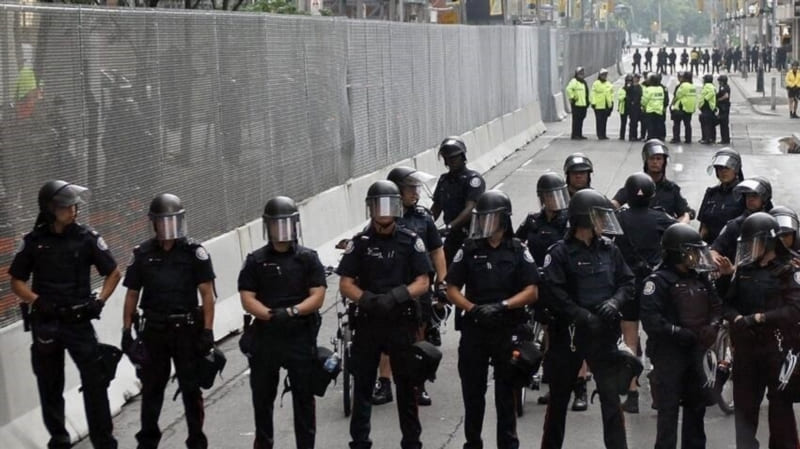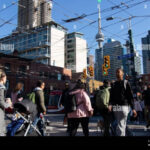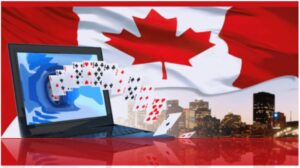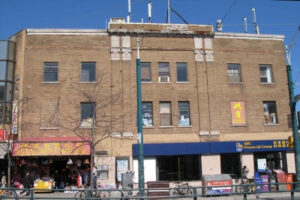Toronto’s G20 Summit: a noteworthy event in the city’s history. In a bid to manage the intricate landscape of such a colossal international meeting, the local law enforcement received augmented powers. But what did these additional powers entail? How did the public react? And what ramifications, if any, did this have on the security measures taken during the summit?
The Context: Toronto’s G20 Summit Explained
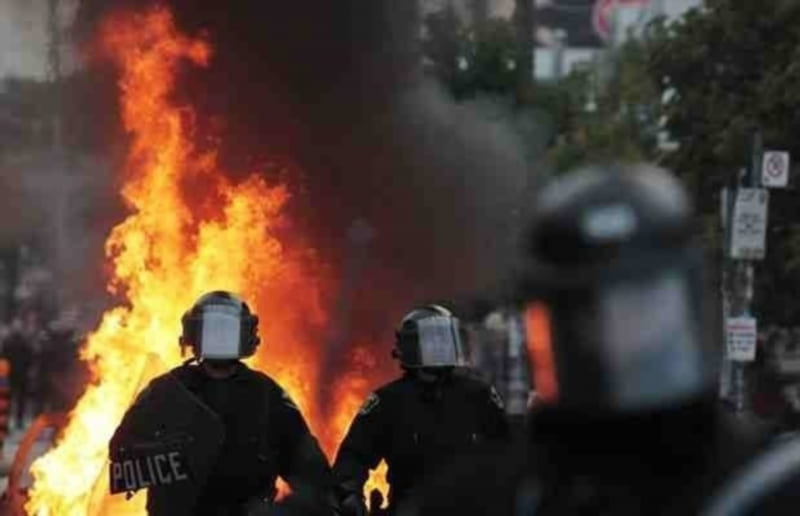
You’d have to be living under a rock to not have heard about the G20 Summit. As a quick refresher, the G20—short for Group of 20—is an international forum for the governments and central bank governors from 19 countries and the European Union. This coalition aims to discuss and promote global financial stability.
Now, imagine hosting such an esteemed gathering. Toronto was in the limelight in 2010, and with such honor came immense responsibility. The city’s streets were buzzing, not just with delegates and their entourages but also protestors, journalists, and curious onlookers.
Why Were Extra Powers Necessary?

Let’s cut to the chase. Whenever there’s a mammoth gathering, especially one involving global leaders, the risk quotient escalates. The fears aren’t unfounded:
- Potential threats: With worldwide attention, there’s always the potential for those with nefarious intentions to exploit the event.
- Protestors and Activists: While many engage in peaceful protests, the chances of things taking a wild turn aren’t nil.
So, it wasn’t just about keeping the delegates safe. The public, the infrastructure, the image of the city—all were at stake. And this is why, folks, the police were given a tad bit more leeway.
The Scope of the Powers Granted
Alright, let’s delve a bit deeper here. The augmentation in police power wasn’t a carte blanche. Specific enhancements included:
- Extended Search Perimeters: Traditionally, police could conduct searches within a certain radius. This was expanded, especially around the summit venue.
- Detainment Protocols: In the interest of public safety, there were streamlined processes to detain individuals deemed suspicious.
- Equipment Upgrades: More sophisticated crowd control and surveillance gadgets were at the police’s disposal.
For a visual representation, here’s a detailed table on Wikipedia detailing the changes made during the summit.
Public Perception and Aftermath
“You can’t make an omelette without breaking a few eggs,” goes the saying. The bolstered powers certainly didn’t go unnoticed by the public:
- Critics Were Vocal: Many felt that the increased authority could lead to potential misuse. They argued that it bordered on infringing citizens’ rights.
- Proponents Backed the Decision: On the flip side, there were those who believed that these were necessary evils in the grander scheme of things.
A series of debates, both online and offline, ensued. What everyone could agree upon, though, was that the city witnessed an unprecedented event and that navigating its challenges was no cakewalk.
Lessons from the Toronto File
Every event, especially of this magnitude, offers a trove of lessons. Toronto’s G20 is no exception. What’s pivotal is to ensure that these lessons aren’t shelved but analyzed and implemented in future scenarios. Here’s hoping cities worldwide can strike a balance between safety and individual rights.
So, did the extra powers granted to the police during Toronto’s G20 lead to a safer environment? The jury’s still out on that one. But one thing’s for sure: it’s a chapter in Toronto’s history that won’t be forgotten any time soon. And as time goes by, it’ll remain a point of discussion, analysis, and learning.

